The LAN in 2023: a Greater Mission
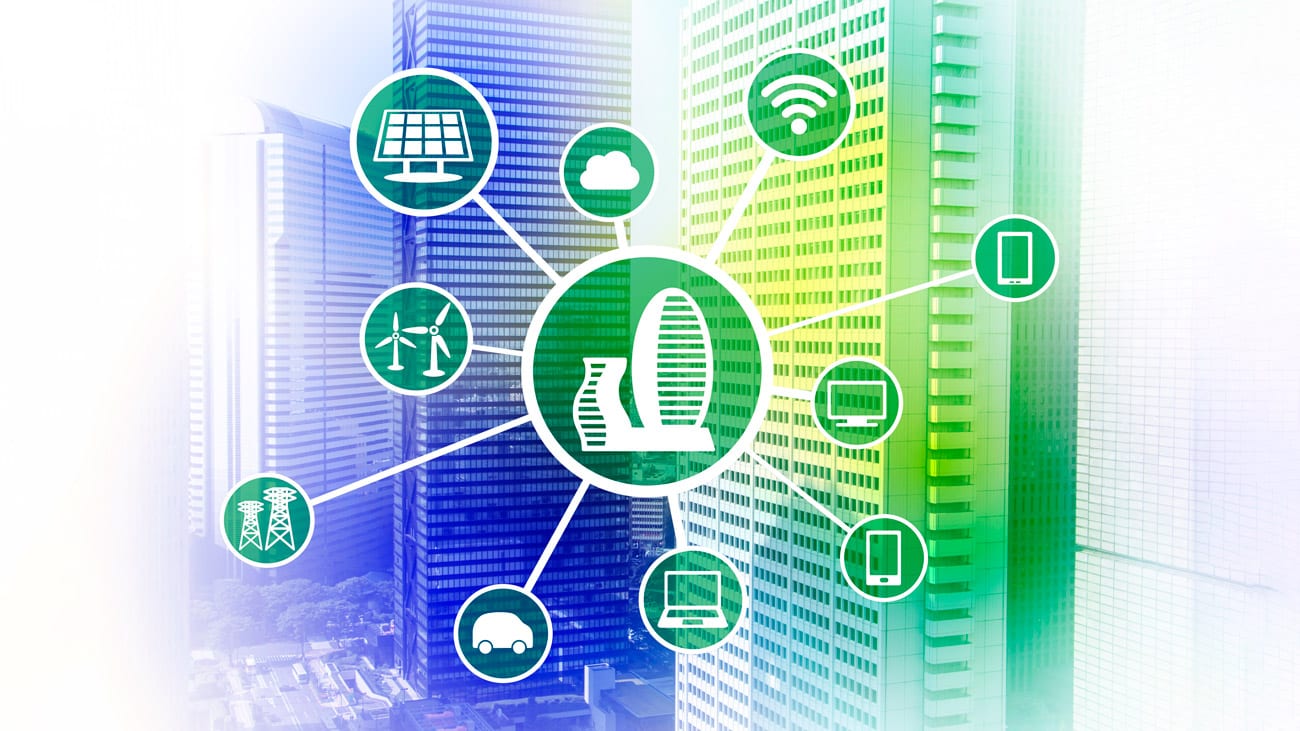
Ongoing demand for bandwidth
Demands on Ethernet and Wi-Fi are increasing dramatically, creating a need for more bandwidth and management. The vast growth of devices, convergence between systems, smartness in buildings and cities, and changing ways of working are driving the uptake of new LAN infrastructures and approaches.
The ongoing growth of cloud computing and working at home has extended the LAN to private residences and local Wi-Fi, for example.
Technavio* puts potential passive optical LAN (POLAN) market growth from 2021 to 2026 at US$ 21.85 billion (CHF 20,58 billion). According to Grand View Research*, the global enterprise network infrastructure market is expected to expand at a CAGR of 5.3% from 2022 to 2028.
The overall global LAN cable market is expected to grow by US$ 9.60 billion by 2030, according to recent figures from Market Research Future*, while Dell’Oro* expects the overall Wireless LAN market to exceed US$ 10 billion by 2026.
Networks will rely on fiber
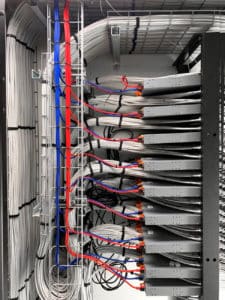 Fiber is increasingly becoming the universal integrated backbone. Within a few years, every communications network will operate on a unified ‘holistic fiber’ backbone. Data and building control will merge into a vast coexisting network. Benefits include unified underlying technology and interfacing, reduced rollout, and maintenance investments, and phasing out legacy technologies.
Fiber is increasingly becoming the universal integrated backbone. Within a few years, every communications network will operate on a unified ‘holistic fiber’ backbone. Data and building control will merge into a vast coexisting network. Benefits include unified underlying technology and interfacing, reduced rollout, and maintenance investments, and phasing out legacy technologies.
A variety of trends is driving the need for bandwidth, uptime, and therefore ubiquitous fiber, extended with copper where it makes sense to do so. These developments include IoT incorporating digital building management, All-IP networks, and digital ceiling networks.
Convergence drives intelligence
IP-based convergence enables the sharing of (virtualized) resources across applications and provides high levels of standardization, availability, reliability, and support for new deployments. This convergence offers greater flexibility, scalability, and uniformity.
It provides enormous efficiency increases, from both technical and business perspectives, by centralizing the management of IT resources, consolidating systems, boosting resource utilization rates, saving energy, and lowering costs. It also allows users to make the most of increasingly sophisticated system intelligence.
ALL-IP enables more automation
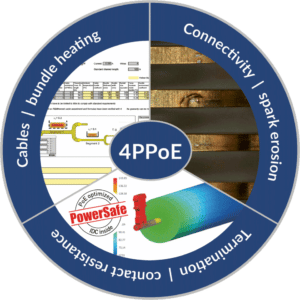 An All over-IP (ALL-IP) approach extends the data network and Power over Ethernet (PoE) through an entire building’s ceiling, making it possible to connect devices to building automation via zones with pre-installed overhead connecting points. All areas of building automation can be integrated into a structured solution concept.
An All over-IP (ALL-IP) approach extends the data network and Power over Ethernet (PoE) through an entire building’s ceiling, making it possible to connect devices to building automation via zones with pre-installed overhead connecting points. All areas of building automation can be integrated into a structured solution concept.
The introduction of smart, converged networks can enable the implementation of energy-conserving technologies and applications, such as the intelligent management of building space, resources, and LED lighting.
In an ALL-IP network, building management and technology-related devices communicate over Ethernet/IP with the building LAN providing a physical communication layer and PoE. IP devices and networks speak the same language so no translation is required between sensors, end devices, servers, cabling, and operating systems.
The ongoing rise of smartness
A smart city integrates physical and digital systems to solve urban challenges and make better use of energy resources. A smart building uses artificial intelligence and data to optimally handle facility management, building automation, security and safety, and communications systems.
City infrastructure is increasingly connected to the IoT to address urban challenges. In smart buildings, we see the ongoing convergence of LAN and building automation. In the past, functionalities in home and city environments were set up as disparate ‘silos’ devoted to a particular function or technology.
For a smart building or smart city, however, this approach is limiting and inefficient. Smart cities need to seamlessly integrate Wide Area Networks, Metropolitan Area Networks, and Local Area Networks, using common platforms for design, integration, and monitoring.
Key technologies SPE and PoE
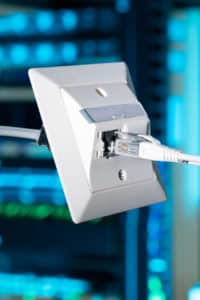 In buildings, an ALL-IP approach will continue to be more widely adopted, merging building automation cabling, data communications, IoT, and more, using copper as well as fiber. Unlike previously available field bus systems, All over IP opens up better development possibilities for smart buildings, extended functional facilities, and factories. This is supported by PoE and Single Pair Ethernet (SPE), which are increasingly becoming key technologies in smart buildings.
In buildings, an ALL-IP approach will continue to be more widely adopted, merging building automation cabling, data communications, IoT, and more, using copper as well as fiber. Unlike previously available field bus systems, All over IP opens up better development possibilities for smart buildings, extended functional facilities, and factories. This is supported by PoE and Single Pair Ethernet (SPE), which are increasingly becoming key technologies in smart buildings.
The uptake of SPE cabling based on xBASE-T1 using a single twisted pair for data transmission is expected to keep growing in building automation applications. ‘Environment-agnostic’ SPE makes it possible to integrate field devices, sensors, and actuators into an existing Ethernet environment, without extra gateways and interfaces.
As building management becomes increasingly digital and IP-based, SPE will support new network structures, such as the digital ceiling, for the cabling of the final few meters. The ability to transmit up to 50W along with data and control signals (Power over Data Line, PoDL) makes SPE an ideal solution for Industrial Internet of Things (IIoT) applications.
Stay flexible with digital ceiling
We’re seeing rapid developments and growing bandwidth, power, and length performance demands related to LAN. It’s vital to realize that you won’t find a solution to all of these challenges based on only one single development.
LAN bandwidth challenges include high-frequency transmission for 10 to 40 Gigabit/s, a reliable PoE remote power supply, and comprehensive Ethernet/IP coverage.
PoE needs to deliver ever-increasing levels of power, which brings management considerations. SPE can partly supplement existing cabling but can’t always replace RJ45 technology. A well-informed decision on a case-by-case basis is needed.
The digital ceiling provides the flexibility to meet this challenge and will increasingly provide services that building occupants and managers are going to need in the near future and for years to come. It combines PoE with the strengths of PoE, SPE, and All over IP. In fact, the need for fast, flexible device installations, including power and data connectivity, has resulted in a demand for the extension of the digital ceiling concept to floors.
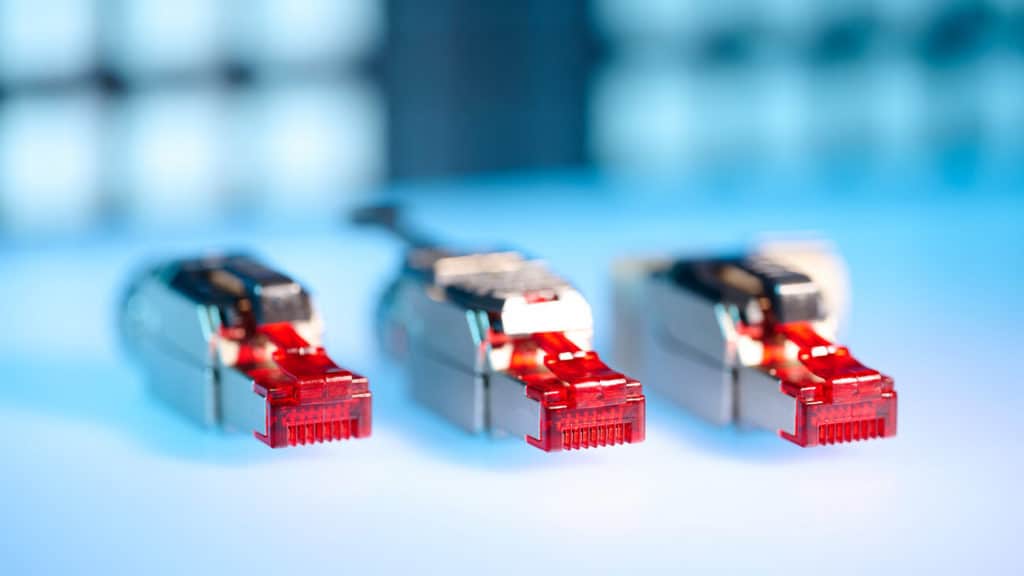
IoT fosters sustainability
Through sensors, data, and alerts, a LAN-enabled Internet of Things (IoT) can help monitor and manage energy usage to reduce carbon output without impacting comfort or the quality of living. For buildings to become more energy-efficient, they need to become smarter.
Convergence and IP are allowing information from individual devices to be used to optimize the performance of other devices and the system as a whole, bringing IT and OT together and helping find possible improvements and efficiency enhancements, even in systems distributed across large areas and multiple locations.
Introducing smart, converged networks also enables new energy-conserving technologies and applications, such as the intelligent management of building space and resources. IoT with built-in intelligence, AI integration, and data collection is rapidly changing building automation systems, helping to save energy, increase sustainability, reduce the risk of human error, enable faster response times and easy customization, and make buildings more manageable, flexible, and future-ready.

